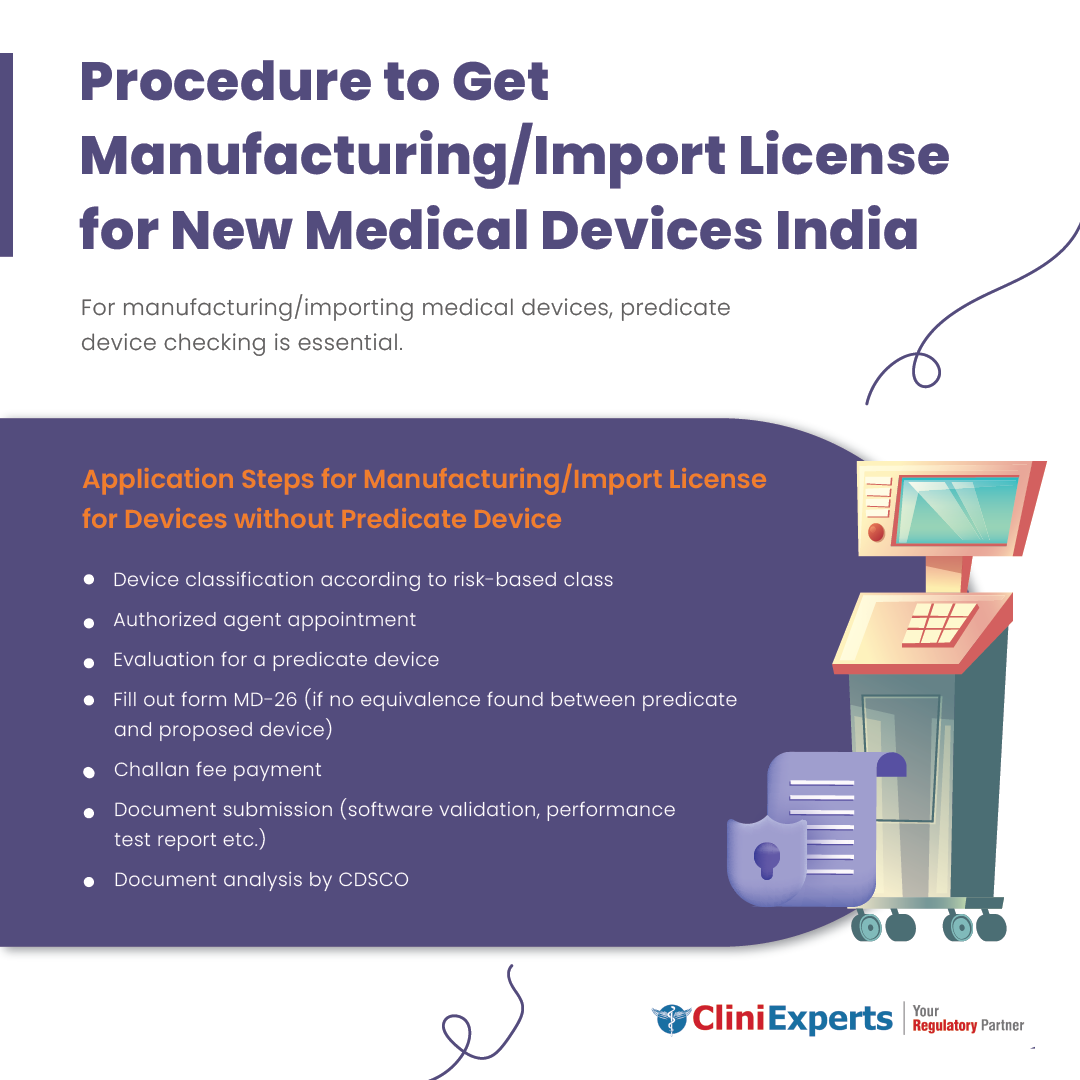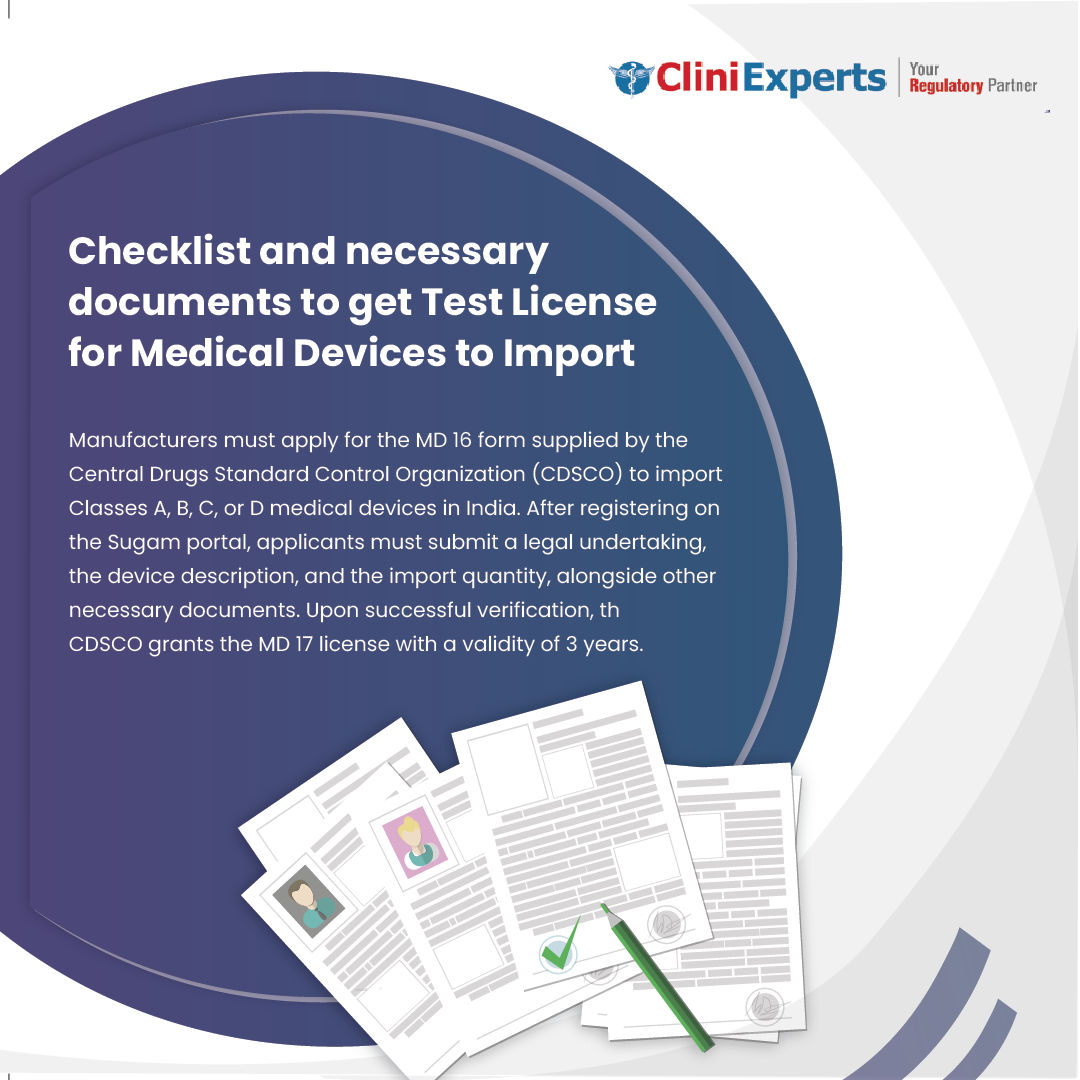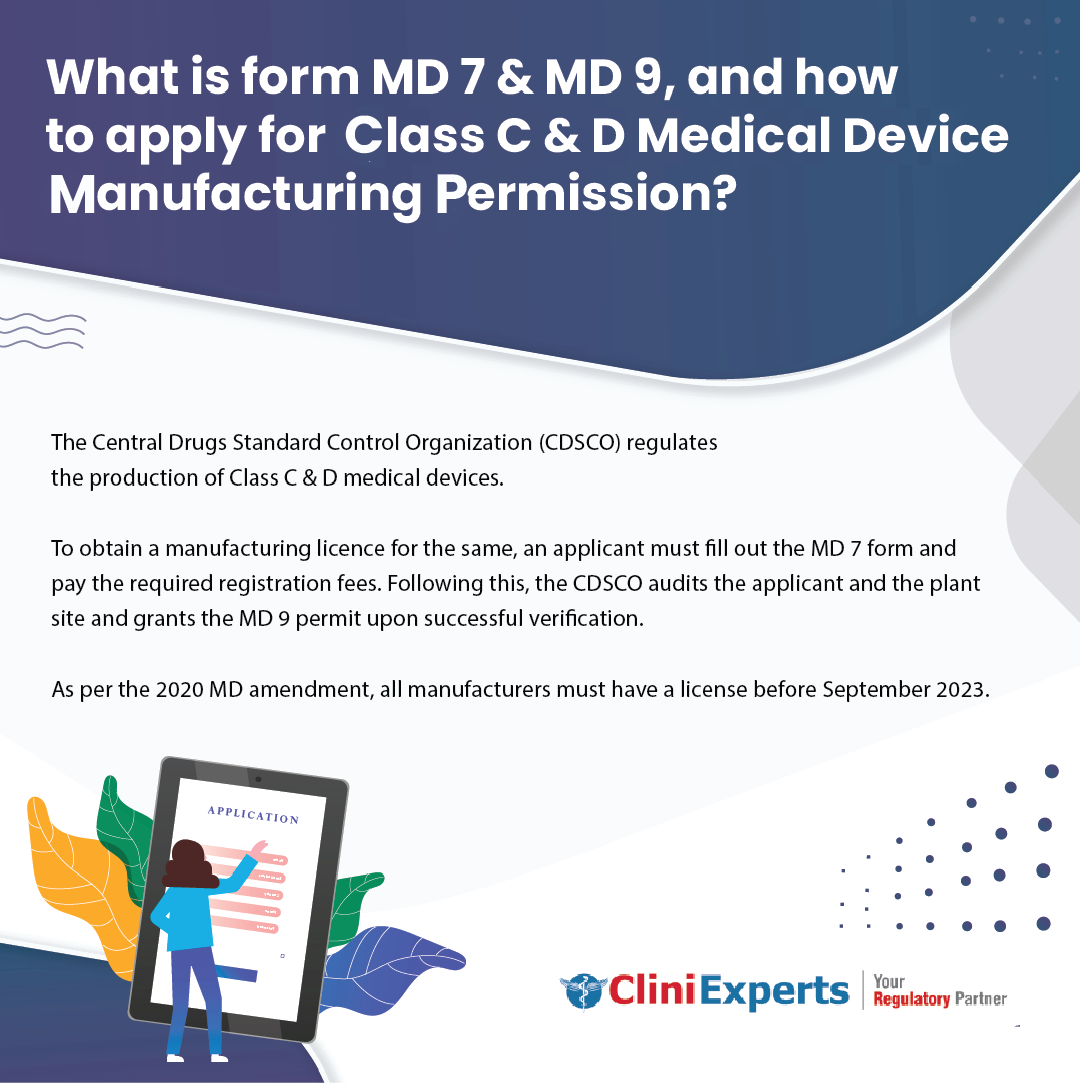
Import In-vitro Diagnostic Medical Devices for Sale or for Distribution in India
To import IVD devices in the indian market, it is important for importers to comprises with all the quality standards and competencies. The distribution, import, and manufacture of cosmetics, drugs, medical devices and IVDs are regulated by the Drugs & Cosmetics Act, 1940 and Drug & Cosmetic Rules, 1945. Get […]
Read MoreIntegrated Pharmaceutical Database Management System 2.0 (IPDMS 2.0) and the Pharma SahiDaam 2.0 App Launched On the Silver Jubilee Celebration of NPPA
Integrated Pharmaceutical Database Management System 2.0 (IPDMS 2.0) and the Pharma SahiDaam 2.0 App Launched On the Silver Jubilee Celebration of NPPA
Read MoreCDSCO Announces Medical Device Classification Pertaining to Hand-held Surgical Instruments for General surgical Procedures
Non-sterile and invasive medical tools commonly used for dissecting, cutting, sawing, drilling, grasping, clamping, clipping, retracting and similar procedures that require no electrical connection to activate and can be hand-handled. These surgical devices are classified under Class A medical devices based on their low risk.
Read More
Procedure to Get manufacturing/import license for new Medical Devices India
To manufacture/import those medical devices which do not have predicate devices, one needs to fill out the form MD-26, whose permission is granted in form MD-27. Since these devices are of a new kind, the manufacturer/importer needs to have enough evidence to support that medical device is safe to use, have better quality, and are efficient.
Read More
Test License for Medical Devices to Import – Checklist And Necessary Documents
To obtain a test license for importing a medical device, the applicant must submit documents containing a description of the medical device and other documents during the application process.
Read More
What is Form MD 7 & MD 9, and How To Apply for Class C & D Medical Device Manufacturing Permission?
Medical devices in India are manufactured under the rules and regulations set by the regulatory authority of India, that is, CDSCO. In India, to manufacture a medical device, one should have a manufacturing license from the CDSCO. Class C – is a moderate-risk medical device, whereas; Class D – is […]
Read MoreRegulation/Guidelines
Benefits of the Wholesale Drug License
The State Licensing Authority grants a wholesale drug license to wholesalers who wish to sell, exhibit, stock, or distribute drugs in India.
Regulation/Guidelines
Wholesale Drug License – Form, Process, and Required Documents
A wholesale drug license allows the wholesaler to sell, store, exhibit, and distribute drugs in India. However, the applicant must fulfil the criteria laid down by the government authority.
Regulation/Guidelines
Manufacture Class A-B Medical Devices: Who can apply, Forms, Fee, Validity, Timeline
The new Medical Devices Rules, 2017, classify all medical devices into four different categories- Class A, Class B, Class C and Class D based on their intended use and the risk associated with each device. Class A and Class B devices are categorised as low-risk and moderate-risk medical devices. Any company that intends to manufacture these medical devices for sale or distribution must obtain a manufacturer’s license from the CDSCO.
